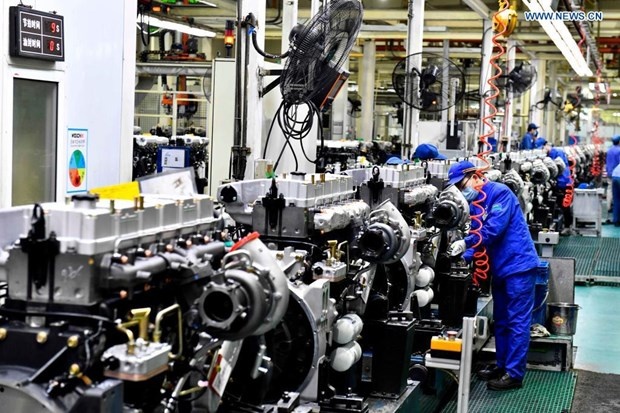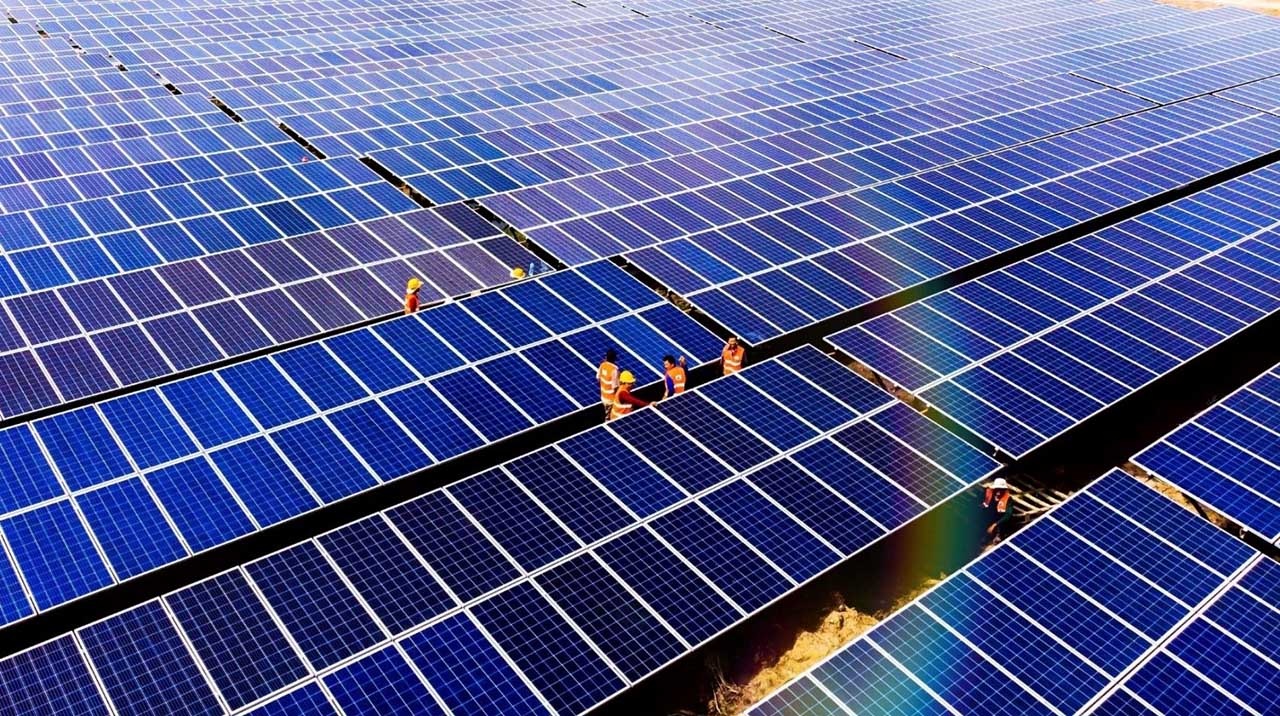Falling oil price challenges petroleum giant operation

illustration photo
In their latest media statement released in December 2014, Vietnam Oil and Gas Group (PetroVietnam) said that in 2015 the group was assigned to produce 26.6 million tonnes of oil equivalent, including 16.8 million tonnes of oil and 9.8 billion cubic metres of gas.
The electricity output target was set at 18.5 billion kWh, fertiliser production at 1.525 million tonnes, and petrol production at 5.55 million tonnes.
Based on this production plan, PetroVietnam prepared six revenue scenarios depending on global oil prices – ranging from VND515.1 trillion ($24 billion) at what was then a very conservative oil price of $60 per barrel, to VND718.4 trillion ($33.6 billion) where the oil price would reach $100 per barrel.
PetroVietnam also estimated that it could contribute VND104.2 trillion ($4.9 billion) to state coffers in the case where oil prices fell to $60 per barrel, and contribute VND159 trillion ($7.5 billion) in state revenue should oil prices rise as high as $100 per barrel.
However, since the price of oil has already fallen below PetroVietnam’s most conservative estimation ($60 per barrel), this has raised concerns that the group is ill-prepared for the current situation, and that this will affect the group’s operation.
Responding to the drop in oil prices, PetroVietnam’s chairman Nguyen Xuan Son said PetroVietnam has closely monitored global oil prices and forecast relevant scenarios about selling prices and production costs of each oil field to assess extraction efficiency, ensuring timely adjustment of production and business plans.
According to Son, the average production cost at most PetroVietnam oil fields is around $30-37 per barrel; at Bach Ho (White Tiger) oil field, it is even below $30 per barrel.
“Therefore, our production, business, revenue and profit plans will not be severely affected, unless the global oil price falls further to a critically low level,” Son said.
According to Son, at four oil fields, the production cost was more than $60 per barrel but the production capacity there was small, at only around 450,000 tonnes in 2014.
Speaking before the most recent slump in oil value, Son was quoted as saying, “If global oil prices fall to below $60 per barrel, PetroVietnam will consider stopping production at the oil fields where production costs surpass the sale price.”
In respect of its investment strategy, the PetroVietnam chairman confirmed that if the oil price continued to drop, the group will consider downsizing investment into regular production to ensure production efficiency while ensuring stability of basic long-term investments to retain customers and partners and meet the output increase target of the group.
Some petroleum experts shared with VIR that extracting crude oil in Vietnam was still profitable so long as the oil price came back to around $60 per barrel. Also, according to petroleum sharing contracts, oil extraction is subject to 4-8 per cent natural resources tax, a 10 per cent tariff for crude oil export duty, and 50 per cent in terms of corporate income tax. Therefore, despite falling oil prices the state budget could still collect taxes as long as oil extraction meets output targets.
Last year, PetroVietnam extracted 17.37 million tonnes of oil and the oil price averaged at $110 per barrel, helping the group to reach VND745.5 trillion ($34.8 billion) in revenue, VND46 trillion ($2.1 billion) in post-tax profits, and paying VND178 trillion ($8.3 billion) towards state coffers, up 37.6 per cent against projected targets.
What the stars mean:
★ Poor ★ ★ Promising ★★★ Good ★★★★ Very good ★★★★★ Exceptional
Latest News
More News
- Forex rate hike dampens business performance in Q1 (May 14, 2024 | 18:45)
- Vietnam’s textile sector brings in $37 billion in FDI (May 13, 2024 | 16:15)
- Vietnam's vehicle sales down 11 per cent in first four months (May 13, 2024 | 09:47)
- Vietnam welcomes US Commerce Department’s consideration of market economy's status for Vietnam: spokesperson (May 10, 2024 | 09:11)
- Vietnam and UK deepen science, technology and innovation partnerships (May 10, 2024 | 07:34)
- Provincial competitiveness and green indices published (May 10, 2024 | 07:28)
- Bia Saigon and VietFootball kick off Seven-A-Side National Championship 2024 (May 09, 2024 | 10:47)
- Travel firms battle surging costs (May 08, 2024 | 12:41)
- Commerce chamber advocates power purchasing agreement, bypassing state utility EVN (May 08, 2024 | 12:13)
- Surging costs and fleet changes drive Vietnam's airfares up in 2024 (May 08, 2024 | 12:11)


















 Mobile Version
Mobile Version